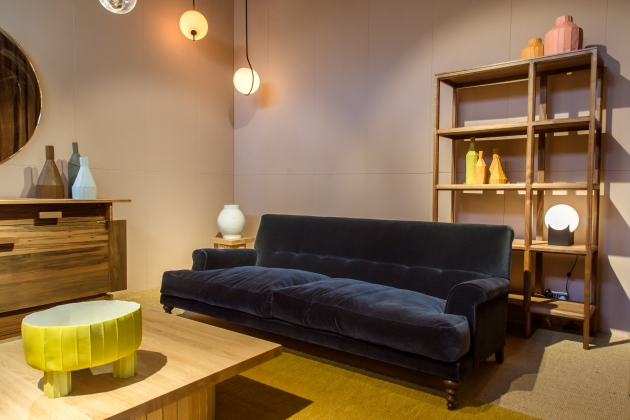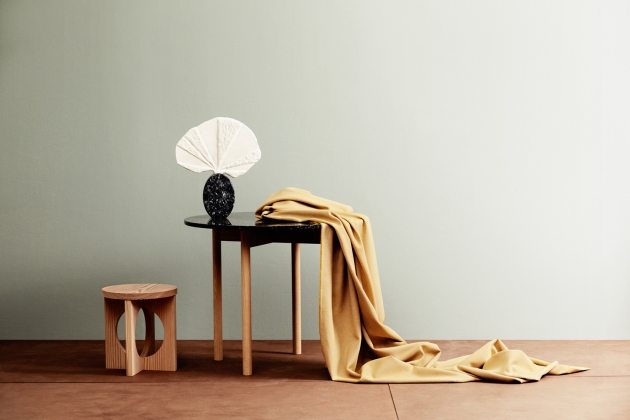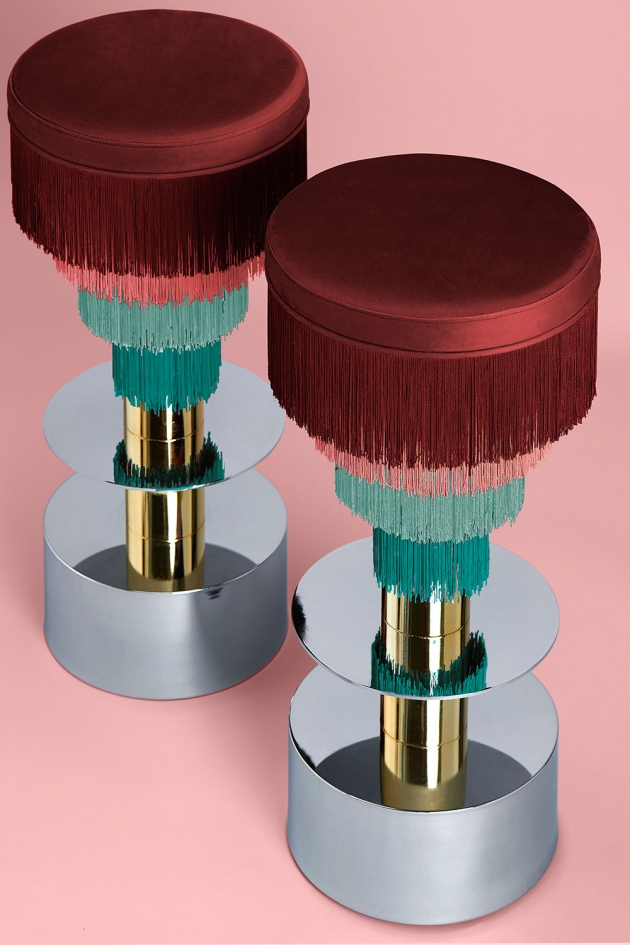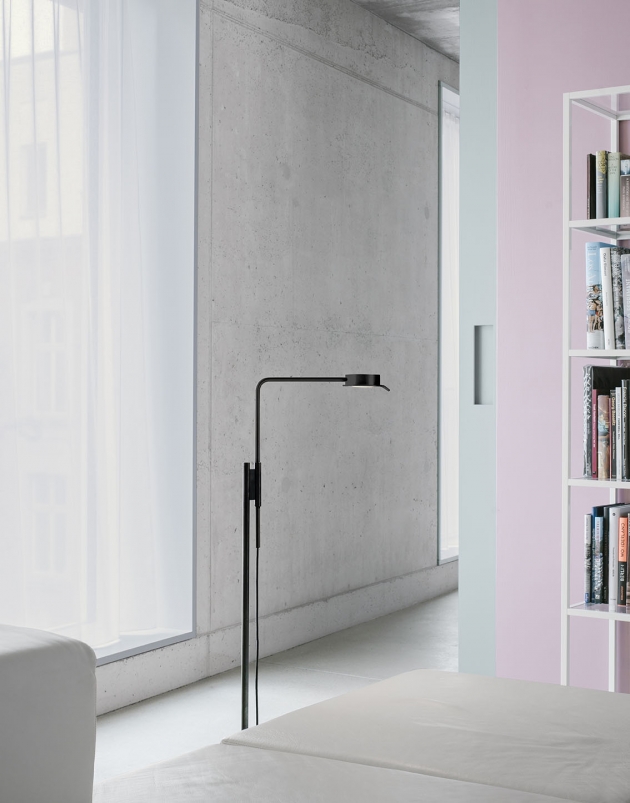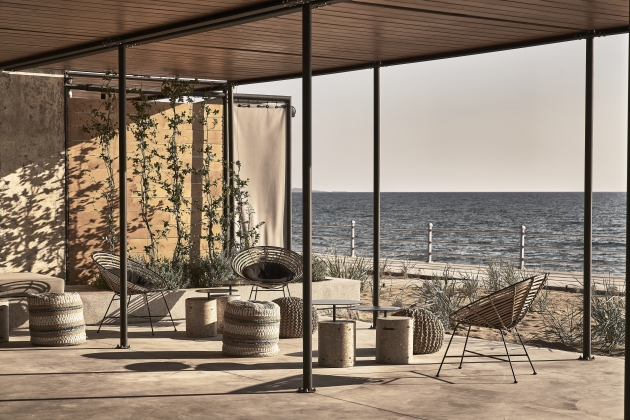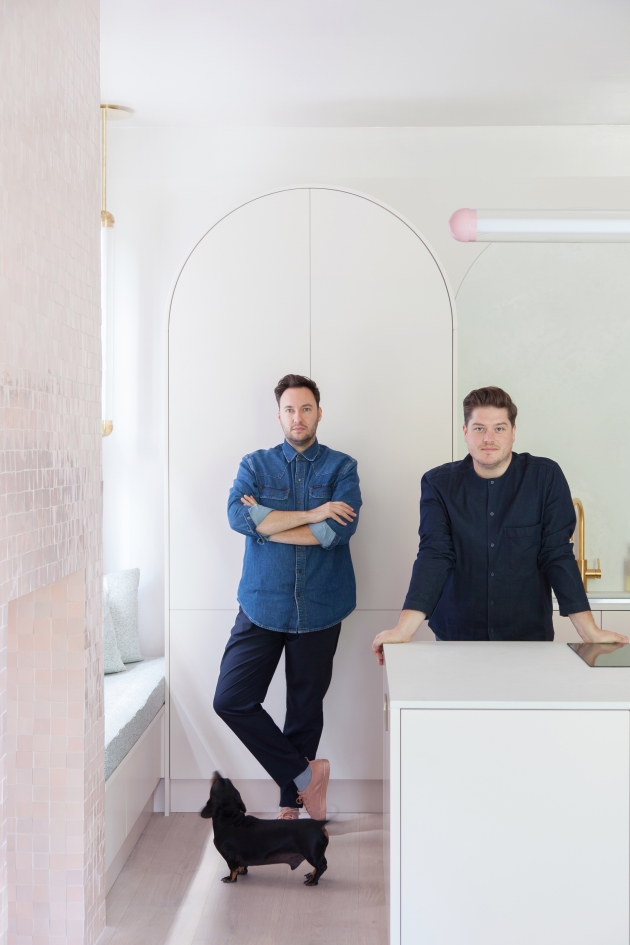May Wild Studio on material experimentation, telling stories through design and growing a business
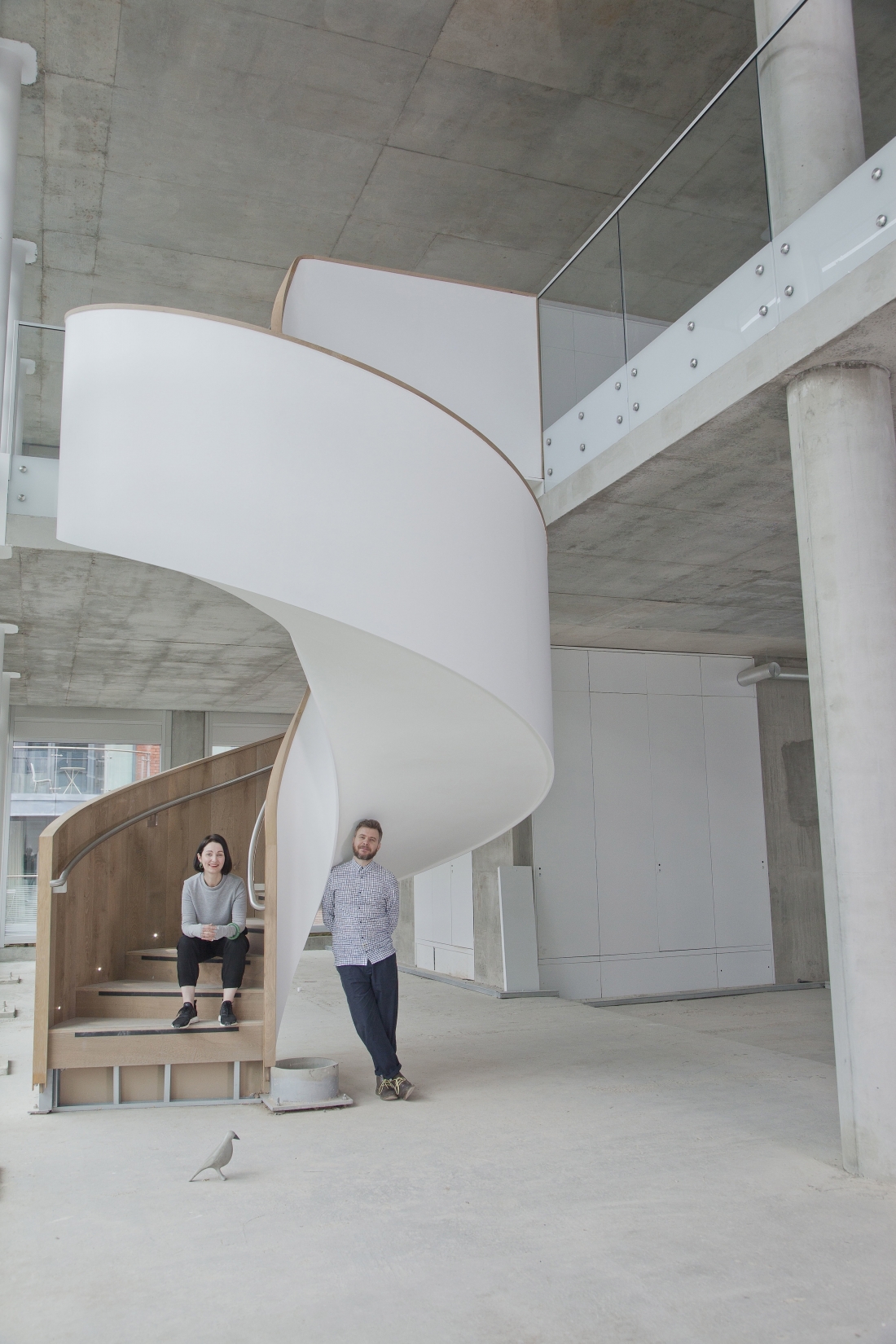
May Wild Studio is the collaborative creative practice of Rebecca May and Michael Wild. Designers and makers based in Manchester, they develop and design handmade and manufactured design objects.
Their work also comprises of site-specific exhibitions, commissions, workshops and installations. Combining new technologies with traditional design and craft methods and materials, their core values centre around storytelling, collaboration, material innovation and handcraft.
As a relatively young company that began life in 2017, it's impressive that the Studio has already received lots of recognition. In fact, it was during their first year of business that they were selected for the UK Crafts Council Hothouse Emerging Makers Programme – something they considered to be a crucial turning point. We chatted to Rebecca and Michael about their journey so far.
Tell us more about yourselves, how did the studio come about?
We met 16 years ago working part-time in an art gallery and clicked immediately through a mutual interest in contemporary art and design. We have worked individually in various art and design related roles however it was our first collaborative project in 2012, a pop-up ceramics gallery that we designed, constructed and curated for eighteen months that became the foundation for us to collaborate.
This project helped us gain valuable working experience of the contemporary craft and design industry, including providing a creative platform for local makers to exhibit and inform the public about their work.
It enabled us to realise the potential of collaborating on our own practice. There’s certainly been some risk-taking along the way, but so far our new collaboration has been a truly life-changing and a very exciting next stage of our creative careers.
How important is the choice of materials in your process?
Material experimentation and innovation are a key component of our work. Our background is in ceramics both fine art and design and this foundation of clay, an incredibly versatile and expressive material, has informed our future choices of materials, in particular, the experimental and playful approach we apply to our design development process.
We connect materials with a narrative; it’s our starting point, allowing the properties of the material to guide us towards a finished outcome, often beginning a project with no definitive endpoint.
We source and use unorthodox materials to create our designs, for example, we are currently working on two new functional designs, one created from chewing gum and the other from human hair.
We also use existing materials in an unorthodox way, our new Coo Bird range is made from Jesmonite, a material that allows us to communicate the textural qualities of the city landscape through the tactile surfaces of concrete and tarmac. We chose Jesmonite for its chameleon-like properties, its ability to mimic and translate different surfaces so effectively.
Our work strives to engage people through its tactile qualities and its narrative theme, therefore the material choices we make are very important and this is becoming more apparent as our practice evolves.
It’s a relatively new realisation for us, a part of our practice we hadn’t exposed, as we were presenting our final outcomes often omitting the extensive material experimentation behind each design. We have changed our approach to how we communicate our material choices and processes, part of our story now is celebrating this element.
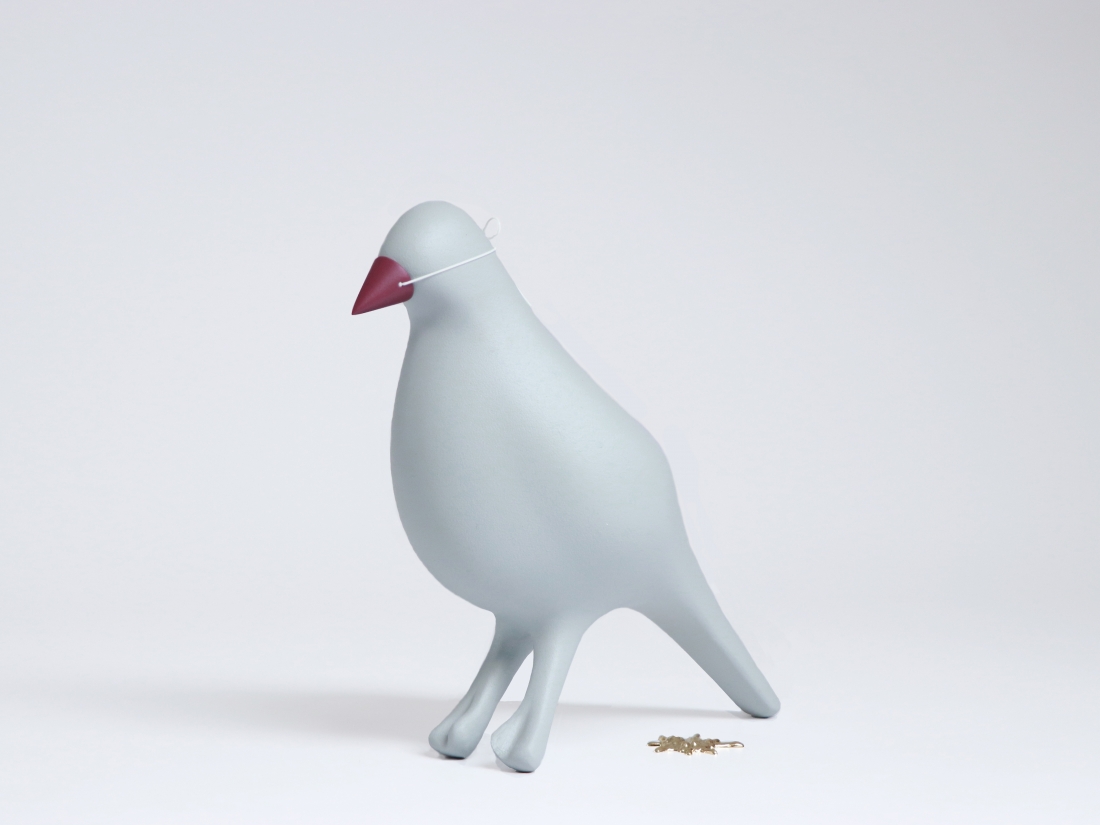
Coo Bird
Is there a material that has caught your eye lately?
We work with a very varied material palette, ceramics, plaster and Jesmonite being our primary skillset. For our PuPu brooch design, we created the original prototype from hundreds of material experiments, we dropped these materials from a height to create a more realistic splat effect, effectively emulating a flying bird pooing on you from above!
We eventually created the final design using a hot and cold method of melted pewter, each element of the material process was essential in informing the next, learning from the characteristics of each material.
This approach to design means multiple materials catch our eye, the future of design and our role and responsibilities as a designer and makers in that future will also impact the material choices we make.
Material advancements and innovations that address current political, social and environmental issues are necessary and positive shifts in the future of design. Collaboration with other sectors and problem-solving design looking at repurposing, bio-design, sustainability and waste materials etc. are areas we are keen to explore in more depth.
On our recent Crafts Council research trip to Denmark, we attended talks about design trends and sustainability, these trends are led by new material innovations and this subject is ongoing research for us.
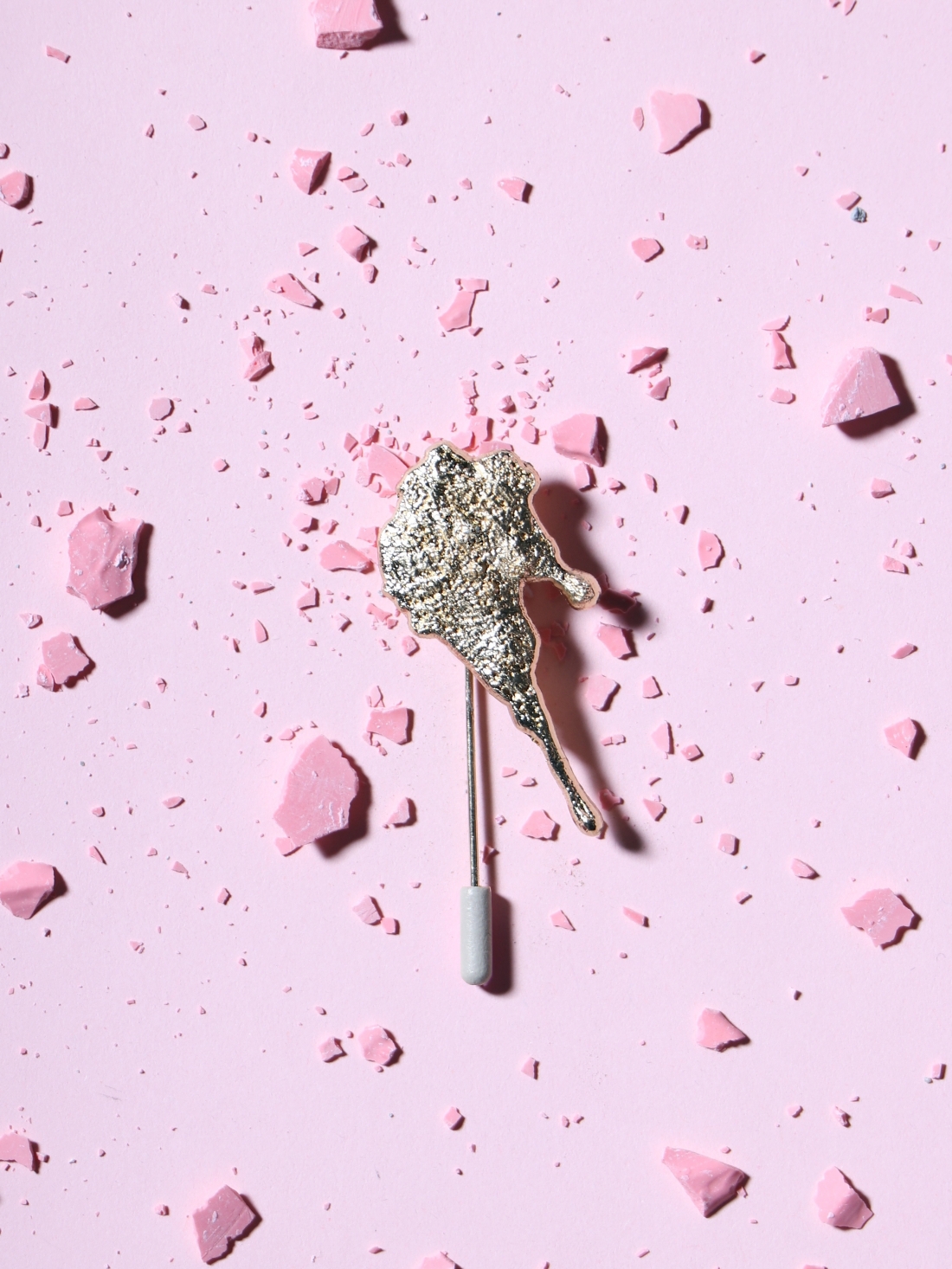
PuPu Brooch
You're based in Manchester, as we are, is this city a good base for you?
Yes. We were originally based in Manchester, now we are in Greater Manchester in a semi-rural location. This contrast of the city and countryside within close proximity is essential to how we formulate our creative ideas, we are inspired by our environment both urban and rural.
Our Coo bird is a design with its narrative originating from Manchester city centre, an ode to the city pigeon, the Coo birds chicken bone leg design was inspired by observing pigeons at Piccadilly Gardens eating out of a fried chicken bucket.
The challenge was to create an object of beauty from a creature considered ugly and a pest. Themes of light and dark, creating beauty and humour from the obscure and mundane run through our work, you could say that these themes are connected to and inspired by the city we live in. Manchester has a rich cultural and creative community and we are currently developing collaborations with this design community to create future projects.
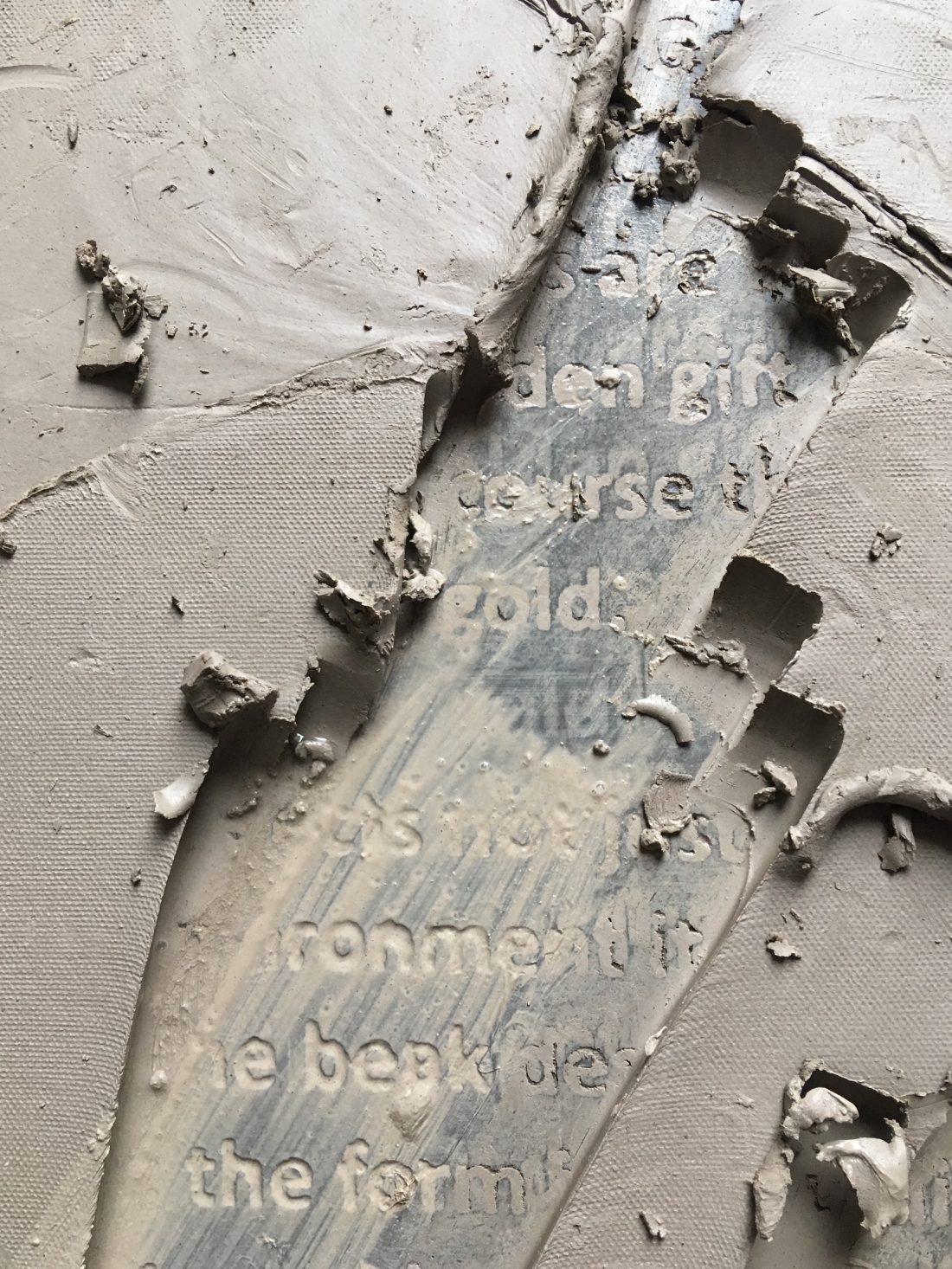
What has worked in helping to get your name out there?
Our selection for the Crafts Council's Hothouse Emerging Designer Programme 2017 was a great start, it was an intense year of growth and learning for us and in addition, we had a baby the same year. The Hothouse Programme together with the solid two years of work we put into our new studio really laid the foundation for us to develop a realistic business plan for our creative practice and launch May Wild Studio in 2018.
During this time we also started to develop our social media presence and visual aesthetic, mainly through Instagram, this became a valuable creative tool for us at a time when all our focus had to be on our new studio and our baby as well as also working in our existing day jobs.
We made the decision to select a larger, established show to launch May Wild Studio rather than a few smaller events. London Design Festival 2018 worked well for us, at the time it seemed like a big investment. However, this show very quickly widened our audience and led to sales and new opportunities, not just in the UK but worldwide. We only launched last September, it’s still early days for us, so in some ways, we consider 2019 the year we really take our practice forward and hopefully start to see the results of all the hard work we have put in over the last two years.
That's great to hear. So what’s next for you?
2019 is already proving to be an exciting year for us with varied projects ahead. We have recently returned from a Crafts Council research trip to Denmark, and our findings will become part of an online digital platform for its Export Toolkit Project. We are also set to talk about our Denmark research at a Crafts Council event in London. And we have two collaboration projects planned for 2019, one with two other Manchester Designer-Makers and another project in London.
A significant change for us this year is relocating our studio to a new and larger location, an essential move enabling us to expand and make our work more effectively. We also have new designs in the making, objects handmade by us and also a new direction, a project where we have created the artwork for a ceramic object.
Elsewhere, we are in the early stages of working on two exhibitions – one is a brand new piece of work, a large-scale installation with an environmental theme.
May Wild Studio workshops are another area we are currently developing and delivering, workshops that specialise in the materials, processes and themes we use in our practice.


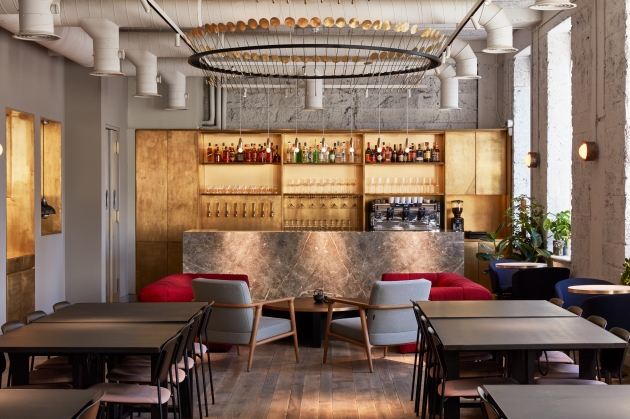
](https://www.materialsource.co.uk/uploads/articles/7e/7e284c48e51ac29339cdf8d241d0769fd9bdc598_630.jpg)
